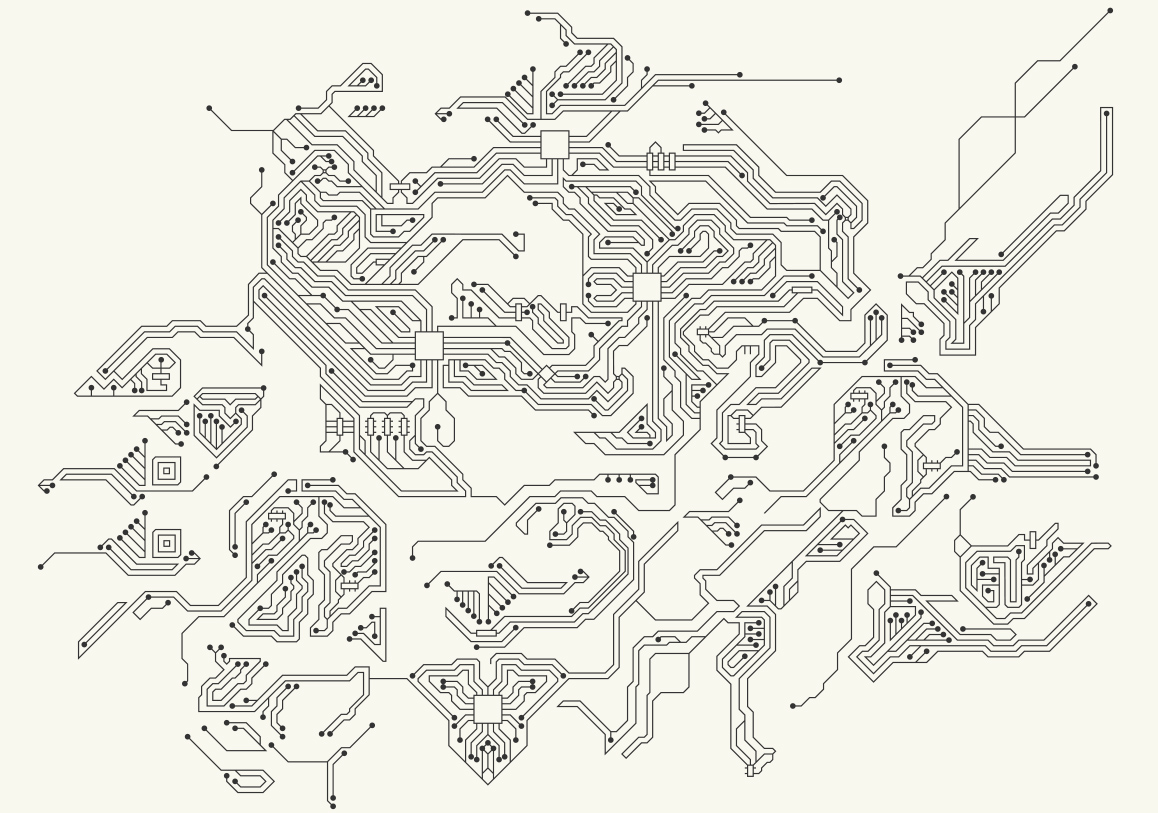With PCs and laptops going out of fashion, and with them possibly the Windows operating system, investors have lost much enthusiasm for Microsoft. But the core business of the company has long shifted and we believe that, at the current valuation, Microsoft is an attractive investment.
The arrival of employee-owned tablets at the workplace is a paradigm shift that creates new challenges for IT departments. It is also a challenge for Microsoft, but it could also be an interesting opportunity.
When one mentions Microsoft, investors may express concerns about the historic bond between PC/laptop sales and the refresh cycle of sales of the Windows operating system. This pattern is progressively fading with the shift to the Internet and the rise of smartphones and sophisticated tablets.
Gone are the days when the company could imperiously set a dollar price for pre-installed operating system software; trying to extract a fixed software fee of between $40 to $90 for each PC sold for say $1,000, is a very different proposition to providing the same software for devices selling for $200-$600 each or less. Fortunately, as tablets became ubiquitous because of their low price and remarkable capability, the revenue implications for Microsoft need not be deleterious. Much faster ownership cycle times and the potential to sell other software and services could be accretive. Microsoft’s opportunity stems from the fact that they have produced both an innovative touch interface for Windows and still they maintain a near monopoly in office productivity software. The combination of these puts the company in a unique position. With the release of the Windows 8 operating system, the company is attempting to bridge this gap and give the user the benefit of touch technology that also syncs with their workplace functions.
Reviews to date have been lukewarm but the leading device makers are supportive with new tablet designs, and Microsoft itself, is launching the Surface tablet, together with a rapid rollout of its own retail outlets. A product that rivals those of one's customers obviously creates tensions within the supply chain but fortunately, Apple has created a large price umbrella with the bill of materials (BoM) accounting for only about half of an iPad’s selling price; there can therefore be reasonable cohabitation so long as the Surface is priced towards the top of pricing range. The danger is that if the tile-based metro function of Windows 8 and Windows phone 8 fail to achieve widespread acceptance, the relevance on the Windows operating system could wither.
While the headlines might remain on PCs/laptops and tablets, the core of Microsoft's business has long shifted. Two thirds of profits are now derived from the enterprise-focused businesses of Server and Tools, and Microsoft's Business Systems. Profits from these businesses have been growing at double digit rates as the company gradually shifted from a defensive posture that tried to protect the Windows operating system, towards a more offensive posture with virtualisation and web hosting. While admittedly slow reacting and at times confused, the company has progressively enhanced these products and they are being well-received. On account of its huge installed base, Microsoft can continue its historic marketing gambit of bundling, which together with linked-in peripheral services, can provide a highly profitable competitive edge.
Without wishing to trivialise the challenges, the commentary about the company and its valuation suggests that there are very low expectations being priced into the shares. Net of cash, current free cash flow would allow one to recover one's investment within seven years. We feel this is a remarkably low valuation for a company with such a huge installed base, strong independent VAR and developer support and a business that is not in run-off mode. Even if the tile-based touch interface is poorly received[1], we believe there is enough momentum from the company’s other divisions, for the group to achieve low single digit growth (pre-share buy-backs).
The market seems to be emphasising the downside risks of potentially wasteful acquisitions and technological substitution, with virtually no credit being given for the company’s unique position as the principal global productivity tool provider (the Office suite) to users of computational devices. A free cash flow P/E of 10x for Microsoft, is, in our view, a lot more interesting than the 14x one pays for the mythical average company in the S&P 500 Index which incidentally needs higher retentions to grow.
[1] To date about 40% of enterprises have upgraded to Windows 7 and the discussion around the adoption of Windows 8 is a whole subject on its own. We believe the compromise of a touch screen, operating in conjunction with mouse and keyboard, will face several initial hurdles as it attempts to become accepted by mainstream enterprise users. However, Nokia showed how fickle users can be and it is not improbable that the tile-based interface on mobile devices, with their ability to simultaneously run multiple apps, could gain a solid following by users and manufacturers who are seeking product differentiation.
DISCLAIMER: The above information is commentary only (i.e. our general thoughts). It is not intended to be, nor should it be construed as, investment advice. To the extent permitted by law, no liability is accepted for any loss or damage as a result of any reliance on this information. Before making any investment decision you need to consider (with your financial adviser) your particular investment needs, objectives and circumstances. The above material may not be reproduced, in whole or in part, without the prior written consent of Platinum Investment Management Limited.



